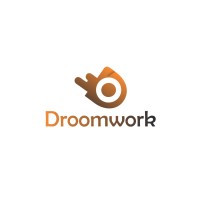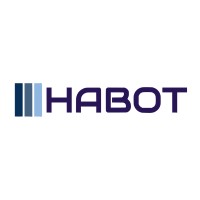
Companies that use Cloud Functions for Firebase
Cloud Functions for Firebase lets you create functions that are triggered by Firebase products, such as changes to data in the Realtime Database, uploads to Cloud Storage, new user sign ups via Authentication, and conversion events in Analytics.
20
companies
List of companies using Cloud Functions for Firebase
Cloud Functions for Firebase customers by country
Cloud Functions for Firebase is used in 5 countries
Technology Usage Statistics and Market Share
How to target Cloud Functions for Firebase users
- How to customize this list?
You can customize this data to your needs by filtering for geography, industry, company size, revenue, technology usage, job postions and more. You can download the data in Excel or CSV format.
- How to be alerted when companies adopt this technology?
You can get alerts for this data. You can get started by selecting the technology you are interested in and then you will receive alerts in your inbox when there are new companies using that technology.
- How to import this data to my CRM?





























































